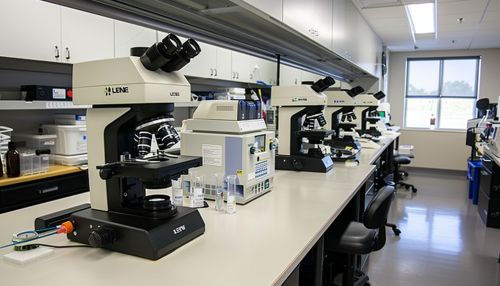Cancer epidemiology
Introduction
Cancer epidemiology is the study of the distribution and determinants of the risk of cancer in specific populations. It is a specialized branch of epidemiology, which is the broader study of patterns, causes, and effects of health and disease conditions in defined populations. Cancer epidemiologists use observational and experimental methods to identify the environmental and genetic risk factors that contribute to cancer development and progression.


Cancer and Epidemiology
Cancer is a group of diseases characterized by the uncontrolled growth and spread of abnormal cells. There are over 100 types of cancer, including breast cancer, skin cancer, lung cancer, colorectal cancer, prostate cancer, and lymphoma. The risk of developing cancer depends on both genetic and environmental factors.
Epidemiology is the scientific study of the distribution and determinants of diseases and injuries in human populations. It involves the collection and analysis of data to identify patterns and trends in disease, and the application of this knowledge to control health problems. Cancer epidemiology, therefore, involves studying the distribution and determinants of cancer.
Methods in Cancer Epidemiology
Cancer epidemiology employs a variety of research methods, including cohort studies, case-control studies, and cross-sectional studies. These methods allow researchers to estimate the incidence and prevalence of cancer, identify risk factors, and evaluate the effectiveness of preventive and therapeutic interventions.
Cohort studies follow a group of people over time to see who develops cancer. This type of study can provide information about the incidence of cancer and the risk factors associated with its development. Case-control studies, on the other hand, compare people with cancer (cases) to people without cancer (controls) to identify factors that may be associated with the disease. Cross-sectional studies examine the relationship between cancer and other variables at a single point in time.
Risk Factors and Prevention
Cancer epidemiology has identified many risk factors for cancer, including tobacco use, diet, physical activity, obesity, alcohol consumption, exposure to environmental carcinogens, and certain infections. These risk factors can be modified to reduce the risk of cancer.
Tobacco use is the leading cause of cancer and cancer deaths worldwide. It is associated with cancers of the lung, mouth, throat, esophagus, pancreas, kidney, bladder, and cervix. Diet and physical activity also play a significant role in cancer risk. A diet high in fruits and vegetables and regular physical activity can reduce the risk of several types of cancer.
Cancer Screening and Early Detection
Cancer epidemiology also plays a crucial role in cancer screening and early detection. Screening refers to the use of simple tests across a healthy population in order to identify individuals who have disease, but do not yet have symptoms. Examples include mammography for breast cancer, Pap smear for cervical cancer, and colonoscopy for colorectal cancer.
Early detection of cancer can significantly improve the chances of successful treatment and survival. Epidemiological studies have provided evidence on the benefits, harms, and costs of different cancer screening methods, which has informed guidelines for cancer screening.
Cancer Survival and Disparities
Survival rates for cancer vary by type of cancer and stage at diagnosis. Cancer epidemiology studies have contributed to our understanding of these variations. For example, survival rates for breast and prostate cancer are relatively high, while survival rates for lung and pancreatic cancer are relatively low.
Cancer disparities refer to differences in cancer outcomes (incidence, prevalence, mortality, survivorship, and burden of cancer or related health conditions) among specific population groups. These disparities can be due to factors such as race/ethnicity, socioeconomic status, age, and geographic location. Cancer epidemiologists study these disparities in order to identify strategies to improve outcomes in these populations.
Conclusion
Cancer epidemiology is a vital field that contributes to our understanding of cancer. It provides valuable information about the incidence and prevalence of cancer, identifies risk factors, informs prevention and screening strategies, and contributes to the development of effective treatments. By studying the distribution and determinants of cancer, cancer epidemiologists play a crucial role in cancer control efforts.
